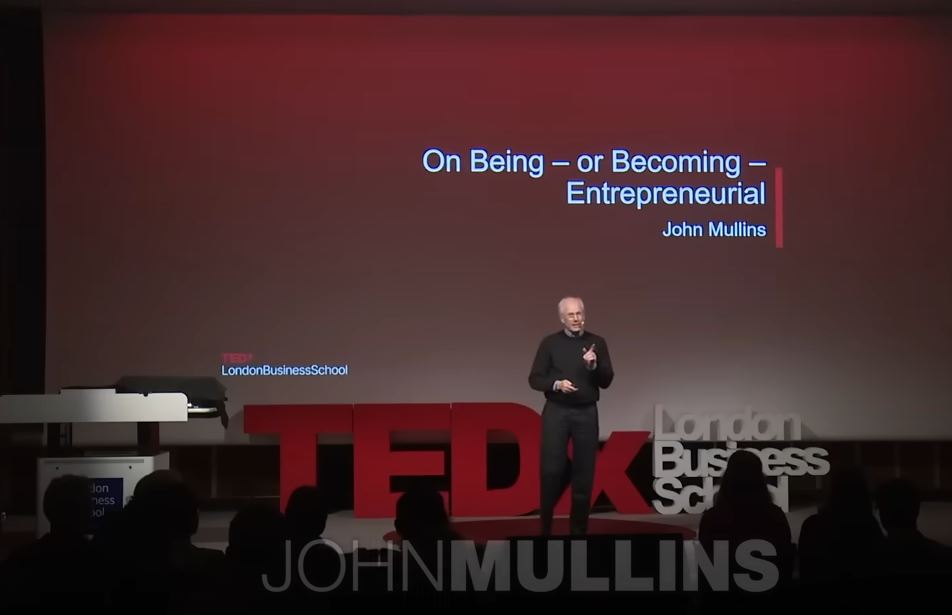Top 6 Tips on Being a Successful Entrepreneur
In the journey to becoming a successful entrepreneur, it’s essential to recognize and adopt mindsets that often run counter to conventional wisdom. The following guide outlines six key tips, drawn from real-life entrepreneurial stories, that can help you break the rules and achieve success.
1. Embrace the "Yes, We Can" Mindset
Traditional business strategy suggests sticking to what you're good at—your core competencies. However, successful entrepreneurs often challenge this notion.
For example, Arnold Correa, a Brazilian entrepreneur, built a thriving business by repeatedly saying "Yes, we can" to customer requests that lay outside his company’s expertise. From event management to satellite broadcasting, and eventually to in-store advertising, Correa continuously reinvented his business by embracing opportunities outside his core competencies. His willingness to say "yes" allowed him to adapt, grow, and succeed in areas he originally knew nothing about.
Key takeaway:Don’t be afraid to step outside your comfort zone. If a customer asks for something new, consider saying "Yes, we can" and figure out how to make it happen.
2. Focus on Problems, Not Products
In large companies, the focus is often on products—tweaking and rebranding existing ones to create the illusion of innovation. Entrepreneurs, however, thrive by focusing on solving real problems.
John Thorne, for instance, developed a new silver nickel alloy to solve the issue of surgical forceps sticking to human tissue. Initially targeting plastic surgeons, he eventually discovered a much larger problem in neurosurgery, where his innovation could prevent critical errors in brain and spinal surgeries. By focusing on solving a significant problem rather than just creating a new product, Thorne built a successful business that was later acquired by Striker.
Key takeaway:Identify a problem that needs solving, and focus your efforts on creating a solution. This approach often leads to greater innovation and business success.
3. Think Narrow, Not Broad
While big companies often target broad markets to "move the needle," successful entrepreneurs frequently start with a narrow focus.
Consider the story of Nike’s founders, Phil Knight and Bill Bowerman. They identified a specific problem faced by distance runners—shin splints and sprained ankles due to inadequate footwear. By designing shoes specifically for this narrow target market, they were able to build a strong foundation for what would later become a global brand.
Key takeaway:Start by addressing the needs of a specific, narrow market. Once you’ve mastered this niche, you can expand to broader markets.
4. Ask for Cash and Ride the Float
Cash flow is the lifeblood of any entrepreneurial venture. Unlike large corporations, which often have abundant cash reserves, entrepreneurs must be creative in securing funding.
Elon Musk understood this when he joined Tesla. Instead of waiting to build and sell cars, he pre-sold the Tesla Roadster, generating $10 million in cash before production even began. This strategy continued with the launch of the Model 3, where nearly half a million consumers placed deposits, giving Tesla the cash needed to fund production.
Key takeaway:Don’t wait for cash to come in—ask for it upfront. Pre-selling your product can provide the necessary funds to get your venture off the ground.
5. Beg, Borrow, But Don’t Steal
Entrepreneurs often need to be resourceful, especially when it comes to securing the assets necessary for their ventures.
Tristram and Rebecca Mayhew, founders of Go Ape, a treetop adventure business in the UK, exemplified this mindset. Instead of buying or leasing land, they negotiated with the UK Forestry Commission to use their forests, effectively borrowing the trees and other assets needed to create their adventure courses. This allowed them to expand rapidly with minimal initial investment.
Key takeaway:Look for ways to leverage existing assets or resources that you can use to build your business, without the need for significant upfront investment.
6. Don’t Ask for Permission—Just Get on With It
In large organizations, getting approval for new, innovative ideas can be a slow and cumbersome process. Entrepreneurs, on the other hand, often succeed by acting quickly and decisively.
Travis Kalanick and Garrett Camp, the founders of Uber, didn’t ask for permission to disrupt the taxi industry—they just did it. By the time regulators caught up, Uber had already built a significant user base and established itself as a major player in the market.
Key takeaway:When regulations are ambiguous or non-existent, don’t be afraid to move forward with your idea. Sometimes, it’s better to ask for forgiveness than permission.
Final Thoughts
These six counter-conventional mindsets have been the driving force behind many successful entrepreneurial ventures. To apply them in your own journey:
-
Assess your current mindset:Which of these strategies do you already embody?
-
Learn the others:Are there new mindsets you can adopt to overcome challenges you’re facing today?
-
Teach and apply:Can you teach these principles to your team or apply them to your current business challenges?
By embracing these unconventional approaches, you might just find the key to unlocking your entrepreneurial potential and changing the world.
